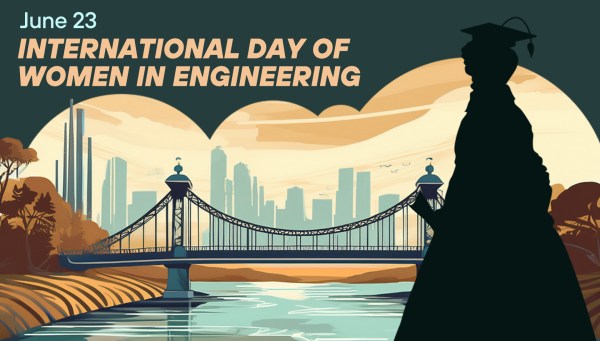To speak of STEM is to speak of an educational methodology based on the practical and not on the merely theoretical from the perspective of simply memorizing and repeating concepts.
In other words, we are dealing with an educational approach based on the promotion of experimentation and discovery through the development of critical thinking, creativity and reasoning skills.
It should be pointed out, as we have done in other publications in this blog, that we sometimes find references to STEAM, since science, technology, engineering and mathematics (STEM) are also added to art.
STEM in early childhood education
Advocates of introducing STEM methodology in early childhood education argue that it is the right time to do so because of the playful possibilities offered by the curious nature of the youngest children, who are always willing to experiment and learn.
One of the advantages it offers is that, by achieving a greater degree of independence, with a very relevant innovative and attractive impact, students learn and apply the knowledge acquired in their daily lives.
The relevance of STEM methodology at an early age can inspire creativity and computational thinking in children.
And, according to the advocates of this pedagogical approach, it is possible to work in an interdisciplinary way the different branches that compose it.
STEM learning allows them to explore and understand the world around them with the consequent increase in motivation to continue learning.
Advantages of the STEM methodology
The STEM methodology offers a number of benefits in its application:
- It fosters creativity when faced with problem solving.
- It enhances skills in digital technologies and technological thinking.
- It allows retaining knowledge more effectively by learning it in a way that is linked to a practical activity.
- With the promotion of research, it fosters research skills and allows the incorporation of acquired knowledge in real life situations.
- It enhances teamwork and communication skills among students.
- It favors critical thinking and analytical skills due to the practical resolution of problems.
STEM Degrees
Once we have seen the relevance that the focus of this STEM methodology can have from early educational phases, we can analyze, in a later scenario, what types of degrees can fit within these four acronyms:
- Science. This category includes careers in the health care sector (medicine, nursing or pharmacy) or others (such as physics or chemistry).
- Technology. A wide range of studies related to programming, web development, robotics or telecommunications are found in this branch of STEM degrees.
- Engineering. From numerous types of engineering to mechatronics, these are some of the studies related to this field.
- Mathematics. Closely linked to numbers, careers such as economics or mathematics can be used to analyze data, create models and identify patterns.
As we have seen, STEM careers are those related to these disciplines and encompass a large number of specialties that continue to grow.
The relevance of these careers is expected to increase as we find ourselves in an increasingly technological world where professional profiles in this field offer greater employability.
STEAM at Telefónica
Telefónica has developed numerous initiatives related to this issue.
Some of them are linked to trying to reduce the existing gender gap in scientific-technological careers, such as Girls Love Tech or Hacker Women.
STEAM Women: #GirlsLoveTech and Lady Hacker
#GirlsLoveTech seeks to instill the operator’s passion for innovation and technology in the younger generations by bringing together Telefónica experts who volunteer their time to develop activities with girls, young women and university students.
On the other hand, Telefónica Tech’s Lady Hacker initiative seeks to make the role of women in the technological field more visible by raising awareness among girls about the potential of studying STEM careers. A task for which it is essential to be able to count on female referents.







